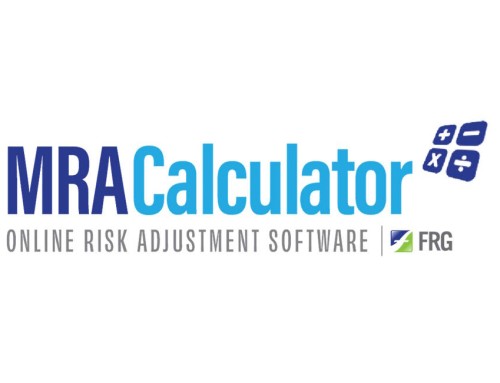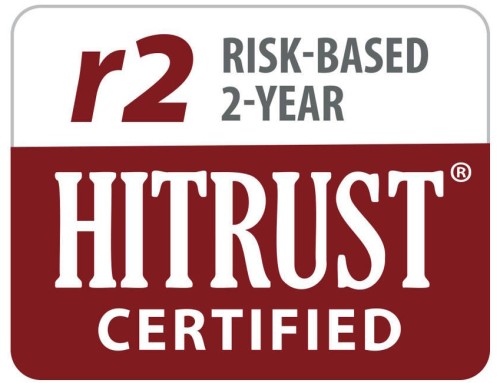Data Analysis for a Holistic Approach to Managing Costs and Improving Care
In 2015 U.S. secretary of the Department of Health and Human Services Sylvia Burwell announced an aggressive goal to move the Medicare program from fee-for-service provider compensation to payment based on quality or value-based models. By the end of 2016 more than half of all Medicare payments will, in some fashion, be linked to a values based approach.
This mandate from Secretary Burwell dovetails with the expansion of government-sponsored health insurance programs, driving an accelerating change throughout the healthcare industry as a whole in provider reimbursement plans toward alternative payment structures.
“Whether you are a patient, a provider, a business, a health plan, or a taxpayer, it is in our common interest to build a health care system that delivers better care, spends health care dollars more wisely and results in healthier people,” Secretary Burwell said at a press conference. “We believe these goals can drive transformative change, help us manage and track progress, and create accountability for measurable improvement.”
A Values Based Approach
Creating a more collaborative and results oriented economic environment presents challenges and opportunities for physicians and payers as the shift in compensation models reflects today’s changing priorities in dispensing and monitoring healthcare.
Defining Value: Building Trust
Integrating quality incentives into physician compensation improves outcomes and lowers costs. But the devil is in the details.
Physicians and providers have reported on quality-of-care measures for many years through programs such as Hospital Inpatient Quality Reporting (IQR), Hospital Outpatient Reporting (OQR) and the Physician Quality Reporting System (PQRS), but these benchmarks have previously not been incentivized. Implementing value oriented, cost-sharing metrics is historically difficult to benchmark and measure. We may all agree on the benefit of better delivery of care at lower costs, but how?
This methodology begins with a shared understanding of responsibilities and expectations relies on proper benchmarking of metrics and the depth and breadth of the analysis upon which these decisions are based.
Broadly speaking, the process of putting value-based compensation models into action entails the following steps.
- Define costs and categories
- Determine benchmarks and core data
- Begin data collection and physician reporting
- Define iterative process for improvement based in initial data
- Determine shared cost at risk
- Determine incentivization parameters
Each organization must determine the metrics they will measure to assess value based on their specific goals. To be certain, a well-planned, systematic approach built on sound analytics is key managing the shift to value-based care, but even the most exhaustive and detailed analysis will fall short if there isn’t first a foundation of trust and understanding between payer and provider. Without it there is a danger for friction and mistrust to develop between payer and provider.
Encouraging trust and minimizing resistance to this new model of care and compensation is best achieved by initially tying small cohorts of cost to compensation. Providers gain acceptance of incentivized compensation as they become more aware of the common correlations between resource utilization and cost. As this process matures, more operational control – and responsibility – of cost management shifts to the physician. It is a methodology of iteration, developed and phased-in over time.
Approached judiciously, this collaborative, step-by-step approach in managing costs and ensuring expected outcomes build trust and teamwork across the healthcare continuum.
Early adopters have an opportunity to shape the future of healthcare economics and adjust to evolving healthcare reform as the industry remodels itself for the 21st century.
Processes for Partnership
Change is hard. Phasing in new methods of accountability in healthcare is something akin to fixing the engine while the airplane is in flight. It can be done, but it isn’t easy.
Several methods of adopting physician incentive plans are becoming more widely utilized throughout the industry. Some common models for cost sharing include:
Pay for Performance (P4P)
P4P is the most straightforward incentive compensation model where improvement in established metrics is rewarded. This is an effective means of driving initial improvement, but falls short when scaled up.
Bundled Payments
Where each individual provider involved in an episode of care will bill separately in a traditional fee-for-service arrangement, the bundled payment model pays one lump sum for each episode, no matter how many specific providers were involved. This widens the circle of cost sharing within a provider group, encouraging teamwork while discouraging duplication of effort and resources.
The Centers for Medicare and Medicaid Services (CMS) started a bundled payments initiative in 2013 with 450 participating health care entities. The CMS guidelines clearly defines the medical conditions that comprise an “episode of care” including congestive heart failure, diabetes, many orthopedic procedures and more.
With a focus on specific conditions and procedures of care bundled payments are becoming popular with commercial insurers, allowing them to “dip their toe in the water” of shared cost with minimal risk.
Accountable Care Organization (ACO)
With ACOs we get down to the nitty-gritty of shared cost, value-based compensation. ACOs pay (and penalize) based on the total cost of a patient population. ACOs are complex arrangements, many organizations transition into them incrementally, utilizing pay-for-performance models or bundled payment as a stepping stone toward full accountable care compensation.
ACOs are rapidly expanding. As of 2015, 23.5 million people are covered through Accountable Care Organizations. Only 7.8 million of these are covered by the Medicare Pioneer or Shared Savings ACO programs. The majority of growth in ACOs now comes from the commercial and Medicaid sectors.
Data Analysis: Trust and Verify
These are exciting, challenging times in healthcare and indeed in nearly every aspect of an economy in transition. We often hear of “disruption” as a means of positive change to the old, staid ways of doing business; the sharing economy is in vogue. In a sense the evolution of healthcare economics reflects this wider transformative economic revolution as payers and providers move to mutual sharing of costs and outcomes.
That said, shifting an entire industry from fee-for-service to value-based compensation is a labyrinthian task. We aren’t talking about sharing a ride home or an apartment in the city, but the health and welfare of patients and continued viability of the system delivering that care. Disruption seems less desirable when it comes to giving and receiving care. We want evolution, not revolution.
If, as we’ve suggested, the foundation of this process is trust, clarifying core values and goals and measuring outcomes against those goals is the framework that emerges from that trust. Once established, trust must be verified, processes validated and changes implemented as required to keep improving the process of value-based care.
Where the traditional fee-for-service model emphasizes typically high cost, high margin services – typically meaning acute care – value based, incentivized compensation requires a shift of priorities toward lower cost, preventative care services on slimmer margins.
The transformation toward value-based payment contracts is only beginning to take shape. In the short run, negotiating the conflicting priorities of fee-for-service and value-based models will be difficult for most organizations as they move incrementally into this new world of healthcare economics. Tracking and monitoring a shifting mix of revenue models requires enterprise data warehousing (EDW) and analysis beyond the technical capabilities of many healthcare entities.
A vital member of the team in an evolving value-based healthcare system is the healthcare EDW, third-party data processing, auditing and analytics firms with the infrastructure and expertise to track, measure and audit progress against desired benchmarks. The ability to collect, store and access data in real time, structured to the specific needs of each stakeholder creates transparency, ensures proper accounting of even the most complex compensation arrangement and promotes progress toward value-based criteria. Without this infrastructure of big data to assist the healthcare industry, trust is easily compromised and outcomes are much harder to manage.
The end game for the changes in the industry is clear: improve health care, lower costs. The challenge is getting from here to there. The process is underway and many organizations have begun the shift to shared-cost, value-based compensation.
As alternative payment structures continue to grow, incentives for collaboration and cost management will build a greater sense of teamwork and shared responsibility throughout the industry. Aligning goals and outcomes with compensation lowers costs, improves resource allocation and, most importantly delivers higher quality healthcare.








Leave A Comment